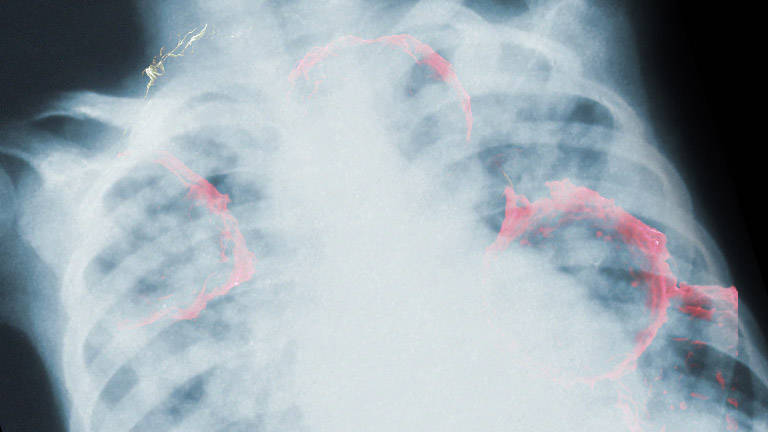
Asbestos is the biggest killer of workers in the world, especially in the United Kingdom, where the mortality rate of asbestos is the highest in the world.
More than twice as many people die from asbestos-related illnesses than from road accidents in the UK.
Asbestos is a natural fiber whose properties make it ideal for resisting heat, electricity and sound. It is widely used in the modern era, particularly in the construction, shipbuilding, aviation and railroad industries. Unfortunately, it has also been found to be very dangerous and thus its use is now banned in most countries.
Nevertheless, we will be around asbestos for many years or there will be asbestos around us. All buildings constructed in 1950 - 1999 likely contain asbestos. Asbestos is found in most of the homes we live in, the stores we go to to shop, the offices we work in and the hospital we go to. Therefore, asbestos does not respect age, wealth, or profession.
Although existence of asbestos in a building can make people panic, it is not necessarily dangerous unless disturbed.
But when loose and damaged asbestos particles are released into the atmosphere, the fibers that you breathe in with the air can become dangerous.
These usually occur after a few years from exposure; Between ten to sixty years, depending on the situation.
Asbestosis is the first condition.
This is where asbestos fibers have been inhaled in the lungs for many years, as their heavy exposure to asbestos is the cause, and inhalation of the lungs causes the lungs to contract and harden, followed by shortness of breath.
The second condition is pleural thickening.
It happens when there has been exposure to a high asbestos content for several years. Asbestos fibers are inhaled and found on the lining of the lungs, causing injury, scarring or fibrosis. This causes the lining of the lungs to swell and thicken, then squeezes the lung causing pain discomfort leading on to shortness of breath.
The third condition is lung cancer.
It must be caused by heavy exposure to asbestos dust for many years. In fact, the main cause of lung cancer is smoking.
Therefore, to be successful with your asbestos lung cancer claims, you must be able to prove that you have been working with asbestos for many years and that you were under very serious exposure to dust.
The last case is mesothelioma.
Mesothelioma is a cancerous tumor of the lung or lining of the abdomen, which differs somewhat from other conditions. The difference is that it does not require long-term exposure to asbestos, but the longer the exposure, the greater the risk of developing mesothelioma.
Mesothelioma was also contracted by family members of people who worked in asbestos factories, then brought asbestos dust into the home, and also people who lived near an asbestos factory due to the exposure to the dust or fibers that that plant released into the atmosphere.
Legal action must be taken against the employer.
The problem usually comes from the time it takes from exposure to asbestos to when the situation develops. It is likely that some of these employers will cease to exist, but one can verify if these companies still exist or check to find out who their insurers where at the time. Claims can be made for four of these conditions, which may or may not be submitted by the patient himself.









